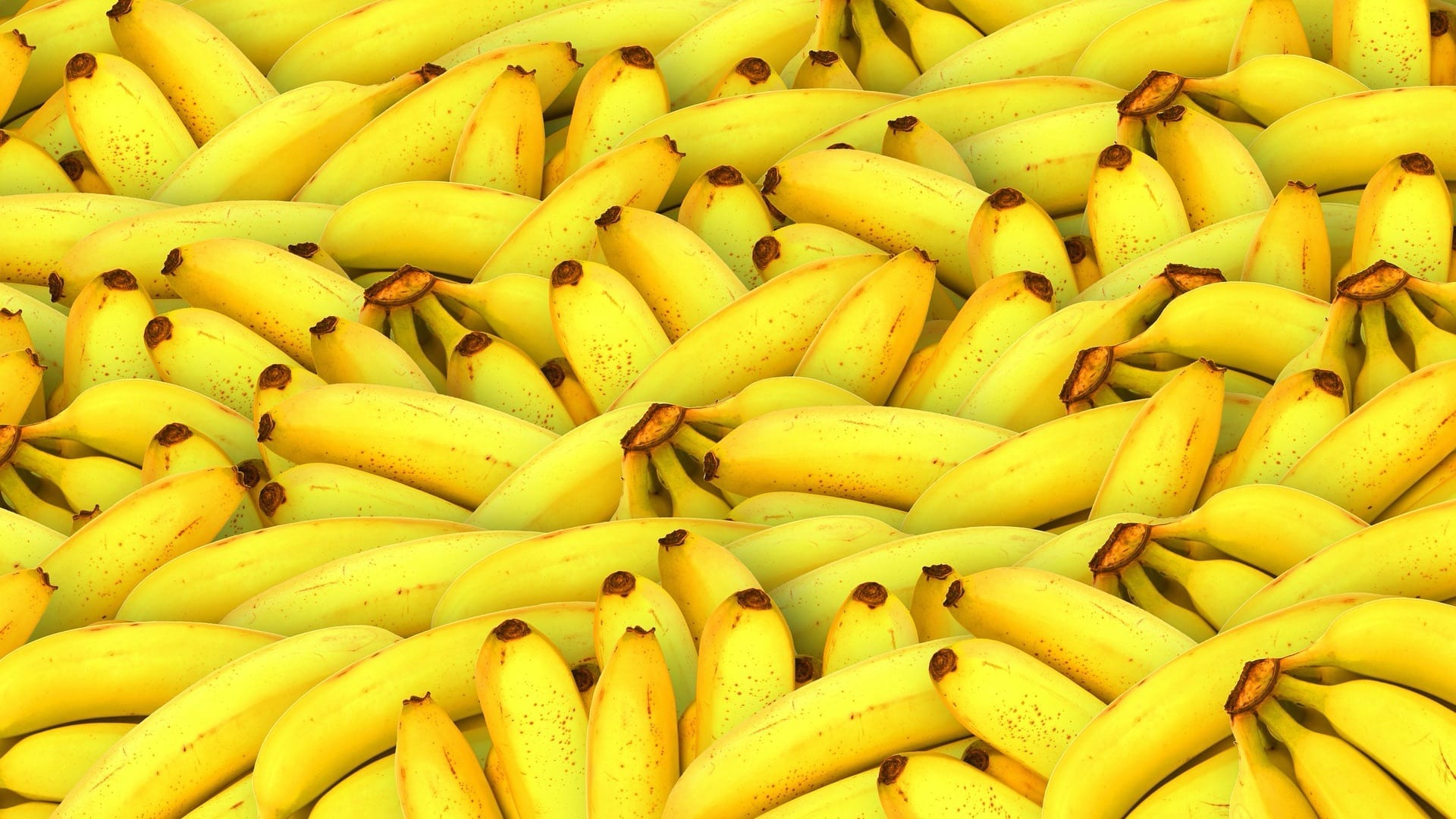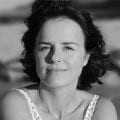

In my two-part conversation with alchemical psychologist Robert Bosnak – interjected by a tree falling on a powerline near his home – he offers, amongst several other gems, some intriguing insight into his newest course on Alchemy, hosted by the Jung Platform.
In this Alchemy course entitled Yellowing And The Stone: Fermentation and Goal of the Opus he outlines two compelling concepts.
The first pertains to the alchemical notion of yellowing, or fermenting – the critical chrysalis stage required between reflection and action.
Without fermentation, a distilling and embodying of the reflection, action can be knee-jerk and proselytizing, he explains. Think of the guy who has just had a Eureka moment and immediately tries to force everybody into following his thinking. (Sometimes we are that guy.) Yet, action without fermentation tends to lack the depth, potency and precision required for the next stage – red – wherein a focused, clear thrust propels one significantly forward.
‘How can we know when we’ve fermented long enough’, I’m curious to know? ‘When we sense that our actions will be more penetrating, more potent’, he replies. ‘When we feel deep down that there is more thrust in our ability to act.’
It occurs to me that perhaps that’s why I struggled to move effortlessly from the interview into writing this blog post. The conversation with Robert felt like dense magic. I needed it to stop dancing first. I needed to reflect on it, to get to know it better to do it justice. Robert also mentions the alchemical importance of loving our material, and of communing with it, so that it can love us back.
Perhaps what we’re quick to judge as procrastination is simply an invitation for percolation, and an often-missed opportunity for love to have the space to deepen between us and our work.
Next he speaks about the notion of the stone, with reference to goals. He explains that whilst goals in themselves are obviously important, what is truly significant is the drive that propels us towards that goal, and the creative ability to maintain that drive. Deep within that propulsive drive, we edge closer to the stone.
He notes that although it is clearly valuable to have a goal such as helping people, we also need to consider what drives that. Robert believes that people who consider their goals purely in their literal form, miss out on the richness that what really impels them is the red sulphur, and the stone beneath it.
These are simply two starter thoughts on what promises to be another extraordinary opportunity for deepening one’s understanding of transformation from someone uniquely equipped to teach it. Dutch-born, trained first as a lawyer and criminologist before following his gut and his passion and branching into psychology, Robert Bosnak is a giant who has stood on the shoulders of giants, and from there, gleaned his own viewpoint. He trained at the Jung Institute in Zurich under James Hillman and Aniela Jaffé (who collaborated with Jung on Dreams, Memories and Reflections), and explains how he has spent much of his life differentiating himself and his own views from Hillman.
A self-described ‘phenomenologist’ with an aversion to having pre-existing theories perpetually reconfirmed, Robert nonetheless considers himself a Jungian who has maintained his devotion to the Neoplatonic tradition that dates back to the 3rd Century. ‘We are building on each other’, he says. ‘I could not have had my thoughts without Hillman. Who in turn could not have had his without Jung, who could not have had his without Freud, back to von Hartmann, all the way back to Iamblichus, a neoplatonic philosopher of magic, who believed that we could influence the gods.’
And so we grow and evolve, firm in a tradition, flexible in thought, layering our learning as we drill deeper down.
For more information, or to enroll for this Alchemy course; Yellowing and the Stone click here.

Susan Mann
Educational Development ManagerSusan is a writer and a teacher. Her interest in depth psychology comes from a love for mythology, dreams and the imagination, as well as a fascination for the creative possibilities that exist within the shadow.
More Posts by Susan Mann